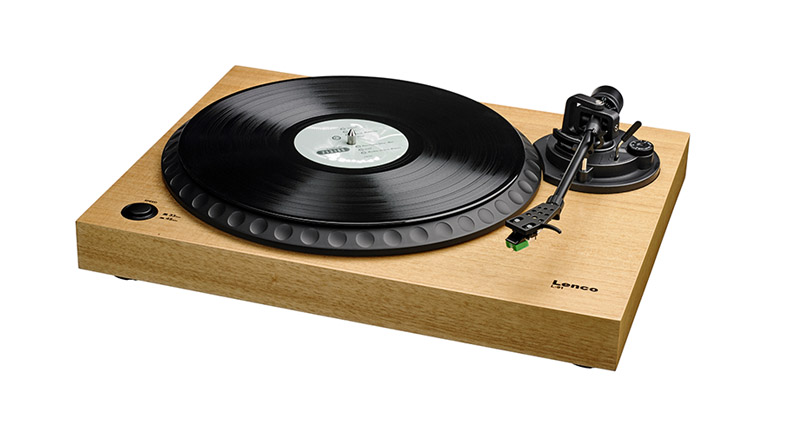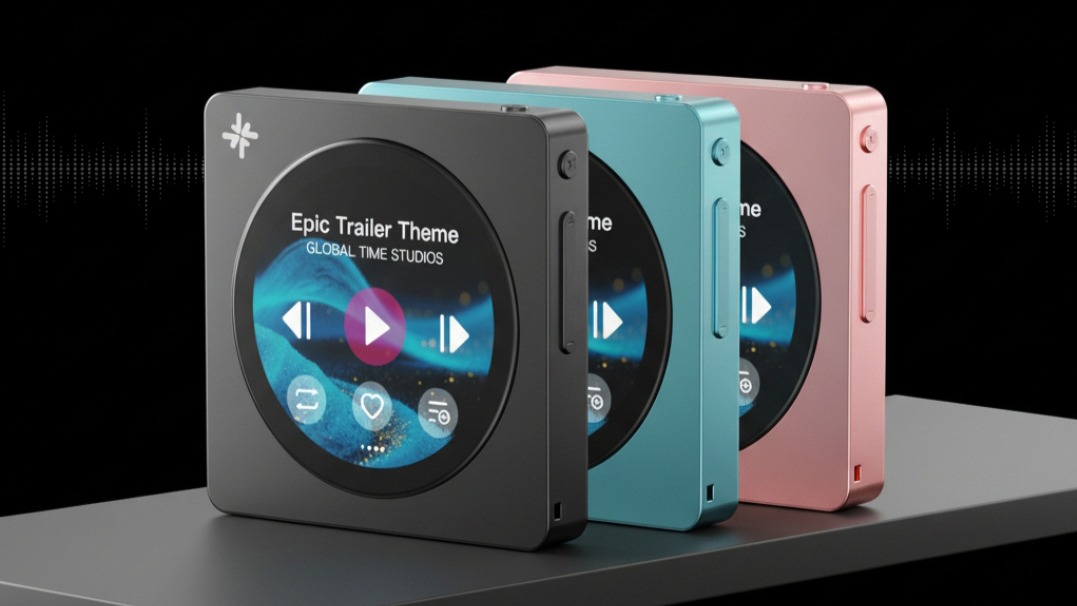What Hi-Fi? Verdict
The L-91 is the Masterchef contestant who serves up a ham sandwich
Pros
- +
Tidy construction
- +
Great specification
- +
Good cartridge
Cons
- -
Woefully superficial sound
Why you can trust What Hi-Fi?
It’s safe to say vinyl will never be a mainstream format again. All the things that did for it in the early 80s still hold true: it’s bulky, difficult to store and easy to damage.
Once the mainstream got a taste for digital portability and reliability, any meaningful discussion about sound quality went out of the window. As did a lot of people’s vinyl collections.
But it’s equally safe to say vinyl has, against all the odds, established a sustainable niche for itself alongside the mainstream. The things that made it so attractive all those years ago still hold true: it’s tactile in a way no other storage format is, and its audio strengths are quite different to the digital alternatives.
As long as enough people consider vinyl’s audio qualities to be worth the relative aggravation of the format, there will be an electronics industry only too happy to serve them. And lately it’s become obvious vinyl has sufficient believers – one only has to look at the number of record players on the market.
But what about those vinyl believers who aren’t zealots – those who like the ease and convenience the digital renaissance affords them? Lenco, for one, is standing by with a solution: the L-91.
You’re not short of choice if you have £300 or so to spend on a record player. With some brands, that money buys a stripped-back affair – everything will be manual, up to and including speed-change. That’s not how Lenco rolls.
Build and features
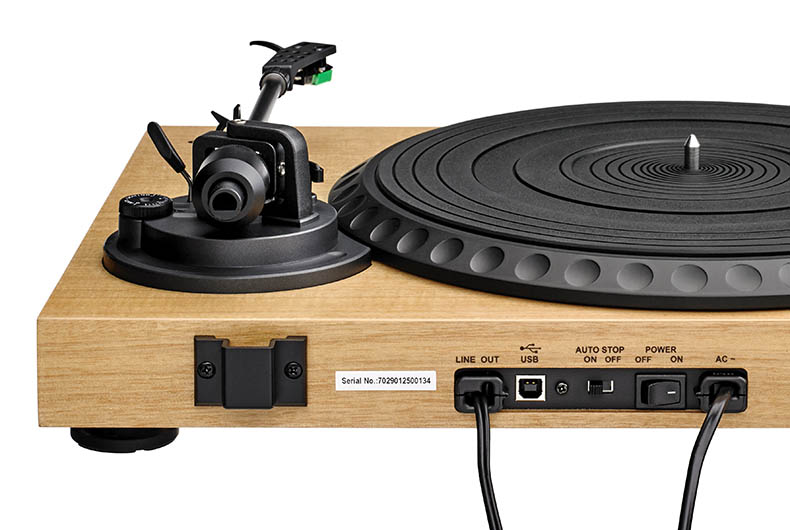
Your £300 invested in an L-91 buys a blandly handsome wooden chassis in light Anigre veneer. It buys a decoupled motor assembly, an aluminium platter and a belt between the two.
The latest hi-fi, home cinema and tech news, reviews, buying advice and deals, direct to your inbox.
It buys a clear plastic lid/dust cover, a sturdy tonearm with adjustable counterweight and a removable aluminium head shell fitted with a very acceptable Audio Technica AT-95 cartridge.
It also buys a phono stage for connection to amplification, hard-wired stereo RCA outputs and mains power lead. It buys a switchable auto-stop function, a mini USB 2.0 output for connection to a Mac or PC so you can make digital copies of vinyl recordings, and a CD of Audacity software to assist digital archiving. It even buys an antistatic cleaning cloth.
MORE: How a turntable is made
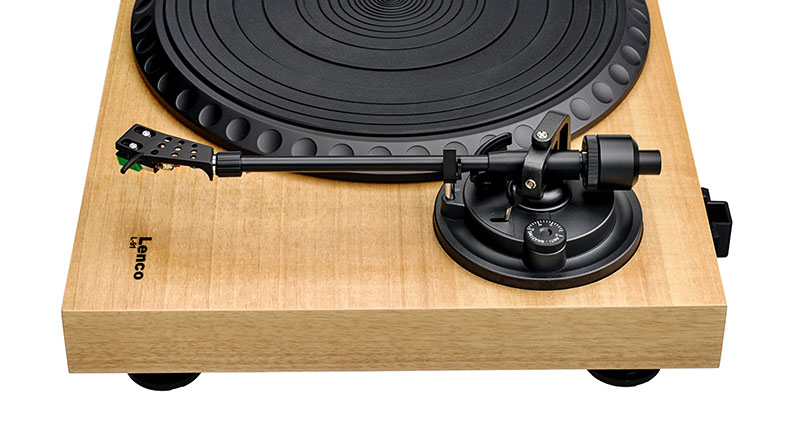
So it’s an exhaustively specified turntable. All its many elements are assembled with no obvious shortcomings or corner-cutting – only the cheap rubber slip-mat sounds a false note.
Once the tracking weight is dialled back from its out-of-the-packaging 8gm to something a little less deleterious, like 3gm, the L-91 is ready to go the next instant.
But it’s here the problems begin.
MORE: How to set up a turntable
Sound

The first few seconds of the join-the-dots indie of Pixies’ Here Comes Your Man from a heavyweight repressing of the seminal Doolittle album pass without alarms.
The long-established strengths of vinyl – its relative warmth of tonality, its seemingly effortless facility with timing and integration – are obvious from the moment the Audio Technica cartridge kisses the disc.
There’s no issue with the way the Lenco handles the song’s tempo, nor with they way it defines the front- and back-line instrumentation on the sound stage.
What soon becomes apparent, though, is the Lenco’s fundamental lack of dynamism, its utter disregard for the finer details and its overall air of indifference.
MORE: How to get the best sound from your turntable
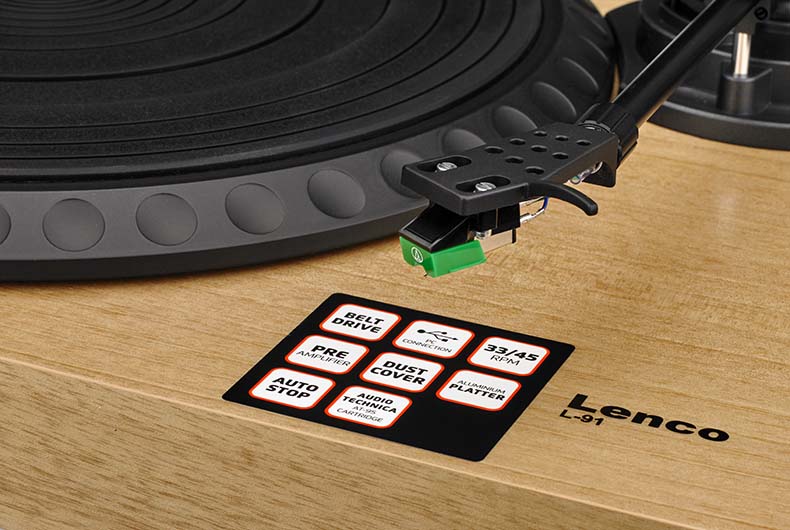
We lift the needle and place it down again on Tame. Pixies pretty much invented the grungy quiet-loud-quiet dynamic (Nirvana nearly binned their biggest-selling single for fear of being labelled Pixies copyists) but no one is going to be startled by the sound of Tame via the L-91.
The song is meant to mutter and roar, as Black Francis’s vocals switch between a whisper and a scream, but the Lenco neuters the dynamic effect. The distance between ‘very quiet’ and ‘very loud’ is just no distance at all here.
Switching to an equally painstaking reissue of Miles Davis’ Kind of Blue allows the Lenco some respite from dynamic tests it cannot pass, but this LP spotlights the most significant of the L-91’s other shortcomings: an inability to flesh out the broad strokes with fine detail.
MORE: The best 15 turntables of What Hi-Fi?'s lifetime
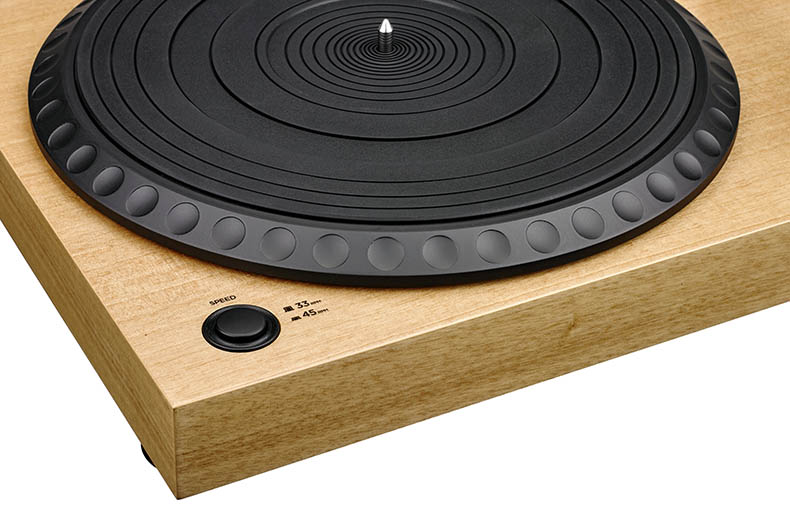
All the passion, all the communicative potency of a tune like So What is in its subtlety and detail.
Without expression of the details of the virtuosity on display here, So What is, at best, aural wallpaper. If you only ever heard Miles Davis via this Lenco, you’d have no idea what all the fuss was about.
The decay of notes and phrases, the tiny embouchure sounds around the edges of the musical notes themselves, the fleeting sounds of finger on fretboard or piston valve – are all ignored by the L-91 as if they’d never existed.
And these characteristics are apparent no matter how giddily exciting (David Bowie’s Suffragette City), delicately nuanced (GoGo Penguin’s Prayer) or bolshy and bombastic (Dmitri Shostakovich’s Symphony No.5 in D Minor) the music.
MORE: 12 vinyl abums to test your system
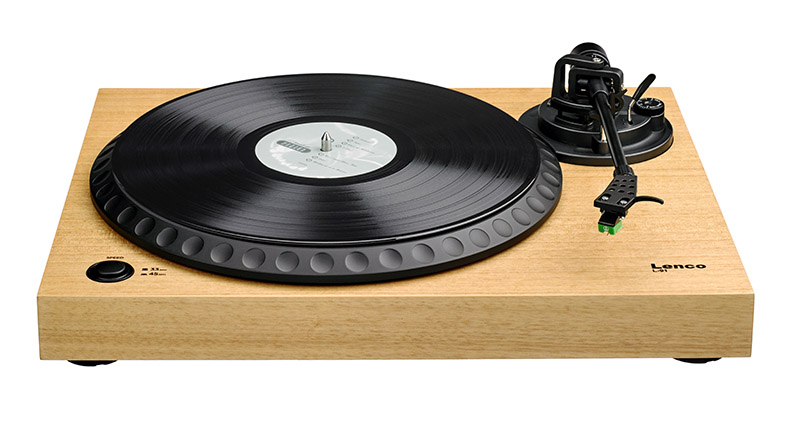
As regards using it as a device with which to archive your rare, delicate or borrowed records, the outcome is much the same.
Audacity is simple-to-use software, easy to get your head around and capable of being as straightforward or as in-depth as you want it to be – but the copies it makes here are not at all dissimilar to the L-91’s sound.
If you want digital copies of music with its most vital, animated elements drained from it as if by a vampire, well, they are at least easy to come by with this Lenco.
MORE: How to build the perfect hi-fi system
Verdict
The upshot of this lack of concern about details, and the shortage of dynamic reach, gives the Lenco the air of a record player that’s not really all that interested in music.
As a consequence we find we’re not too inclined to listen to music on it either.
See all our Lenco reviews
What Hi-Fi?, founded in 1976, is the world's leading independent guide to buying and owning hi-fi and home entertainment products. Our comprehensive tests help you buy the very best for your money, with our advice sections giving you step-by-step information on how to get even more from your music and movies. Everything is tested by our dedicated team of in-house reviewers in our custom-built test rooms in London, Reading and Bath. Our coveted five-star rating and Awards are recognised all over the world as the ultimate seal of approval, so you can buy with absolute confidence.
